This is it. This is the big one! Ok, technically it’s the “medium” one, but…whatever. What exactly am I talking about? Well, I finally reached the point in my McDonnell Douglas DC-9 template series where I feel like I’ve covered all of the important variants. You already know that I did the -50 and -40 versions over the past several weeks, and now I’m posting the most popular of them all: the DC-9-30.
To be honest I think that this is the variant that people were asking for when they requested me to do the DC-9 series. After all, there were 662 of these airplanes sold to airlines all over the world between the years of 1967 and 1982. That’s 60% of the overall DC-9 production, which is absolutely huge.
McDonnell Douglas DC-9-30 side view templates
One of the really nice things about doing a large aircraft series such as this is that creating all the variants isn’t so difficult. These DC-9-30 illustrations aren’t all that much different than the DC-9-40 illustrations that I posted two weeks ago. Yes, there are some differences of course, which I’ll go over later. But for now, here are the templates:
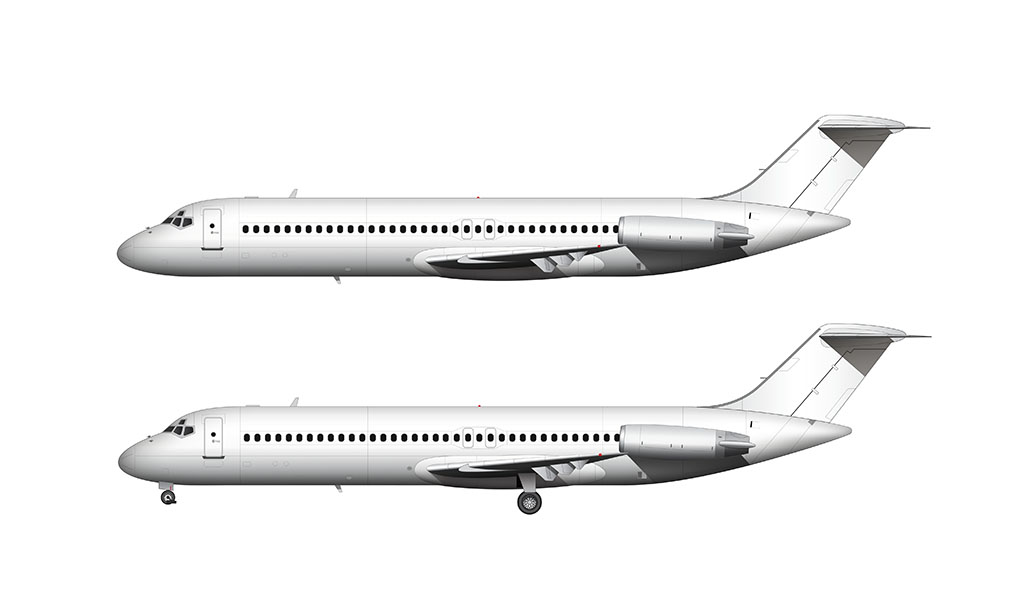
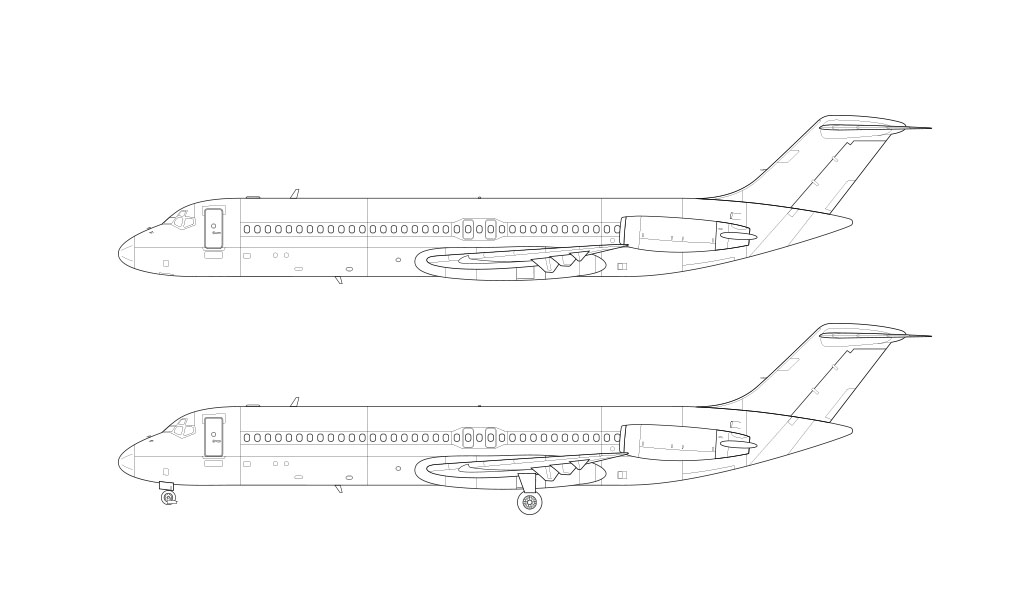

Just as I do with nearly every aircraft illustration that I create, I was surprised to learn that the DC-9-30 isn’t that much shorter than the -40. I thought that they were be tons of visual differences between the two, but there actually isn’t all that much. Speaking of which…
A brief history of the DC-9-30
Launched in 1967 to compete directly with the Boeing 737-100, the McDonnell Douglas DC-9-30 went on to become one of the best selling aircraft types ever. The very first one went to Eastern Airlines, and as a matter fact, that’s the livery that I imagine when I think of this aircraft. Both Eastern Airlines and the DC-9-30 were a bit before my time, but still – somehow that combination has been burned into my brain permanently.
To explain it in the briefest way possible, the -30 series was a significantly larger version of the -20 series which preceded it. McDonnell Douglas was smart to recognize the success they were having with the DC-9, and worked hard to improve it as best they could to compete with the runway success of the Boeing 737.
What are all the visual differences between the DC-9-30 and the DC-9-20?
I didn’t realize it before doing these illustrations, but there are quite a few significant visual differences between these two variants. I went into these illustrations thinking that the -30 was simply stretch of its predecessors, but I learned a thing or two. More specifically:
- The -30 is 14 ft 9 in (4.50 m) longer than the -20
- The wingspan was increased by 3 ft (0.9 m)
- The wings featured full span edge slats
- Overall wingspan was increased to 93 ft 3.6in (28.44m)
As you can see, the -30 was a lot more than just a simple fuselage stretch. It was essentially a massive fuselage stretch and an all new wing.
By the way, if you want to know how the DC-9-30 is different from the DC-9-40, I outlined all of that in my post about the DC-9-40 templates.
All the variants of the DC-9-30
Just like the Boeing 707, the DC-9-30 came in all sorts of different configurations. The most popular was the DC-9-31, which one is the all-passenger version. In total, there were four different sub-variants that were produced between 1967 and 1982:
- DC-9-31: The all-passenger version. The illustrations you see above are essentially the -31.
- DC-9-32: A version with a higher maximum takeoff weight (MTOW), which also included three sub-variants for cargo and freight operations
- DC-9-33: A higher performance version for cargo and freight operations. Only 22 of these were built.
- DC-9-34: The final sub-variant in the DC-9-30 series. It featured a longer range (and MTOW) thanks to higher performance engines.
Do be sure to read the Wikipedia DC-9 page to learn more about all of these sub-variants. There’s lots of juicy data over there to digest (if you’re into that sort of thing).

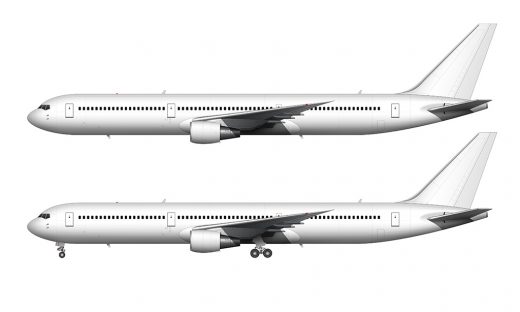
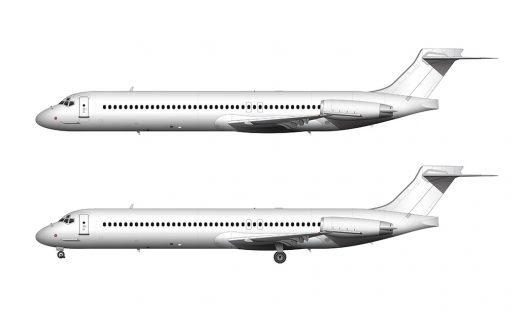
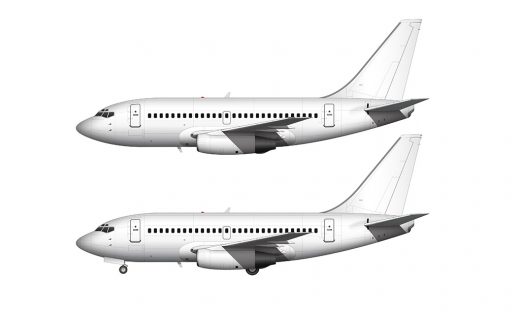

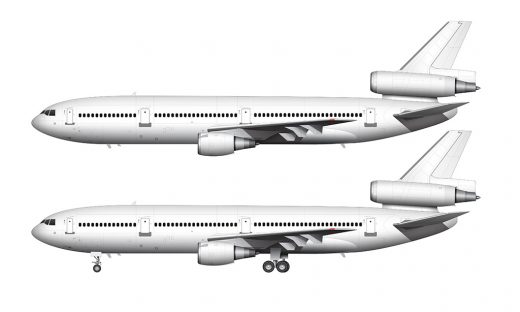
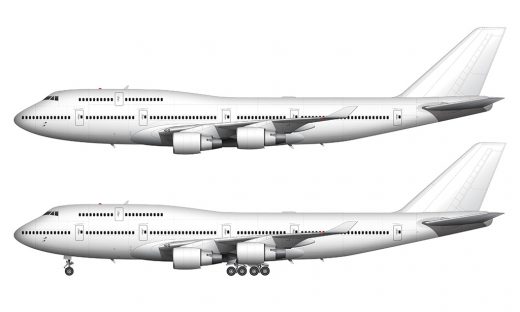
You should do the Saab 2000
You could do the Fokker 27 or Fokker 50
So after DC-9-10/-20, I think it is a good time to complete MD-81/-82 (early version). Now we both have MD-82 (late version)/-83/-88 and DC-9 series’ template, so it means that completing MD-81/-82 (early version) now becomes very easy (because for MD-81/-82 (early version), the tail door is design is same to DC-9 while other parts are all same to late MD-80 series, include MD-82 (late version)/-83/-88).
Great illustration and article, as always. Have you thought about covering Concorde?
I have a lot of great reference material for it already…now I just need to find the time to do it.
Please consider doing the Dornier 228NG I know you don’t like drawing small aircraft but it would mean a lot to me!